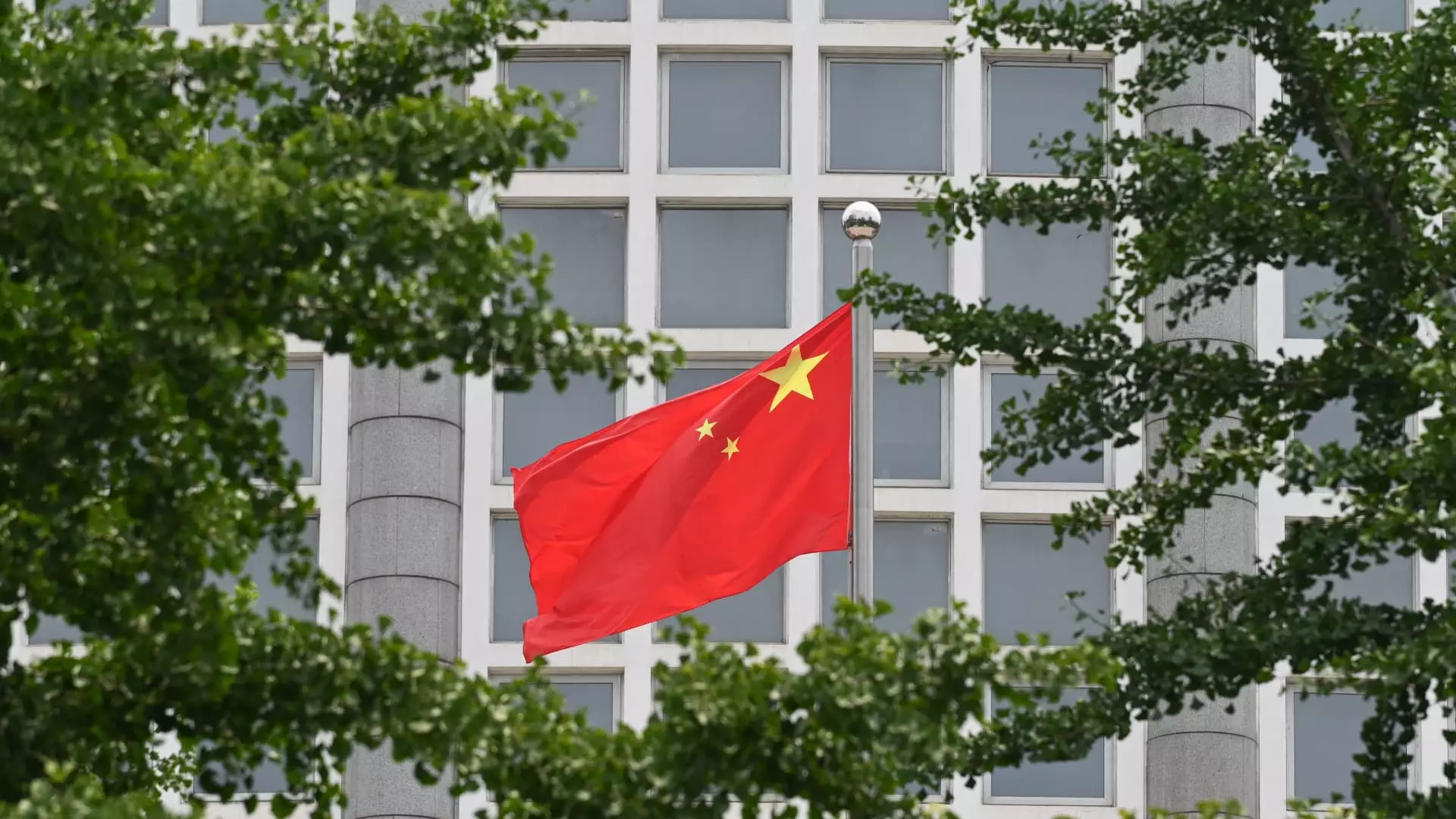China has emerged from a heavily impacted period due to Covid-19, heralding a time when its economic strategies are under close scrutiny. As the government grapples with long-term downturns, the recent statements by Zheng Shanjie, chairman of the National Development and Reform Commission (NDRC), shed light on the nation’s intricate balancing act between revitalizing the economy and managing investor expectations. Despite the optimism that surrounds recovery post-Golden Week—during which Chinese markets traditionally see activity surge—Zheng’s lack of groundbreaking stimulus proposals has left many dissatisfied.
While Zheng announced intentions to accelerate the issuance of special purpose bonds for local governments and unveiled the deployment of 1 trillion yuan in ultra-long special sovereign bonds, the anticipated support measures for the property sector and enhanced domestic spending remain more ambiguous. Investors had hoped for concrete, large-scale stimulus initiatives to tackle the sluggish property market and the underlying weaknesses in domestic consumption—an expectation that was not met. Consequently, this cautionary approach has contributed to a precarious sentiment across Chinese stock markets, revealing a significant gap between government aspirations and actual market reactions.
Economic indicators present a disheartening picture. The anticipated 5% growth target for the year is in jeopardy, with recent figures reflecting a growth rate that fell short in the second quarter, landing at 4.7%. This slowdown resonates across various sectors, notably in factory production, which has contracted for five consecutive months. The Purchasing Managers’ Index (PMI) figures, which hovered below the critical threshold of 50, demonstrate that manufacturing activity is shrinking. As a result, both local and foreign investors are left apprehensive about the practical implications of Zheng’s commitments, considering they rely heavily on tangible outcomes rather than vague reassurances.
Despite these challenges, the proactive nature of governmental meetings points to an eagerness to tackle fiscal and monetary issues upfront. Zheng’s references to coordination across multiple economic policies are encouraging signs—but they also indicate the complexity of the road ahead. The juxtaposition of a 100 billion yuan investment plan to kick off by the end of the month against the backdrop of declining consumer confidence suggests a strategy that is reactionary rather than preventative. This raises the question: will these measures be sufficient to offset the inherent difficulties in achieving sustained growth?
China’s ability to reach its target of around 5% growth hinges on domestic demand, which has struggled since the easing of lockdown measures. The underlying fundamentals must improve as stakeholders await clearer directions from the central authority. For the global market, China’s challenges may have wider implications; as the second-largest economy grapples with issues of inflation—illustrated by consumer price index fluctuations—there are heightened concerns about international economic repercussions.
The necessity for revival in sectors such as real estate is undeniable, yet it is imperative that the government not merely reacts to crises but constructs a strategic framework capable of addressing systemic issues in a timely and effective manner. As Zheng hinted at more supportive measures in the pipeline, the true test lies in the implementation of these strategies and their tangible impacts on the economy.
While the directives from Zheng Shanjie offer potential pathways to recover the Chinese economy, the lack of decisive commitment to significant stimulus efforts invites skepticism. Investors and citizens alike watch closely as the government navigates these turbulent waters, hoping that forthcoming policies will translate into real improvement rather than serving as merely a stopgap. China stands at a crossroads, where each decision taken today will resonate through its economy for years to come. The balance between cautious optimism and prudent realism will ultimately define whether it can sustainably achieve the desired growth in an increasingly complicated global economic landscape.

